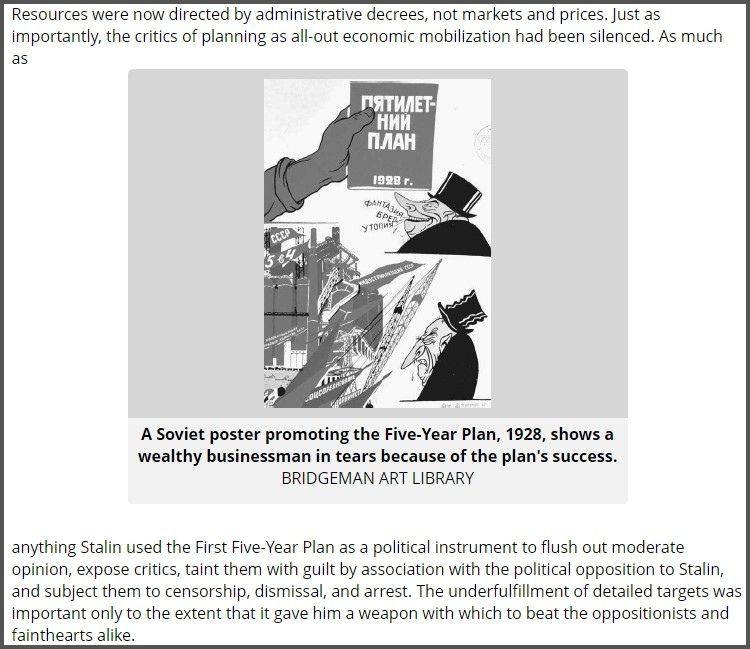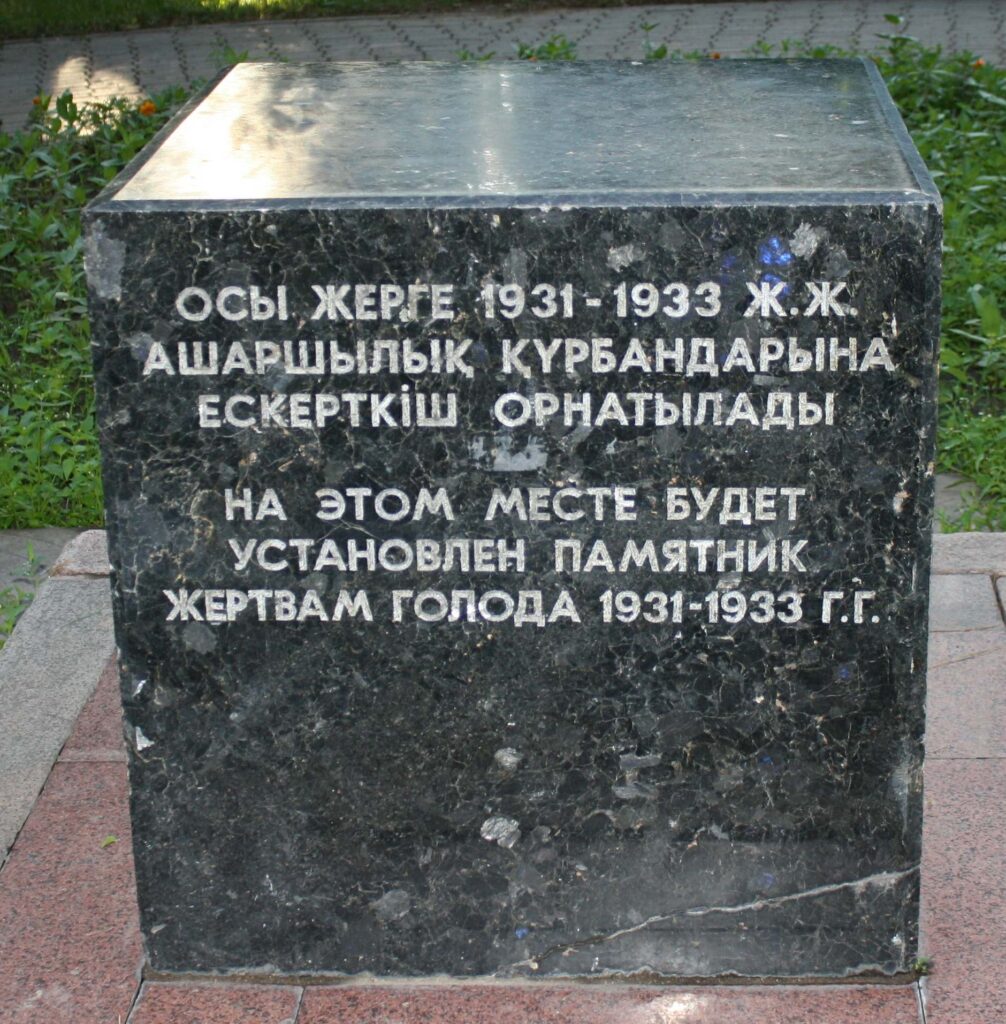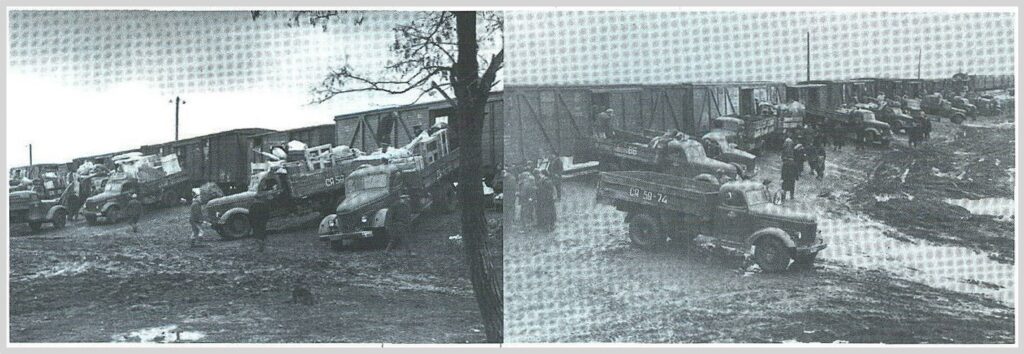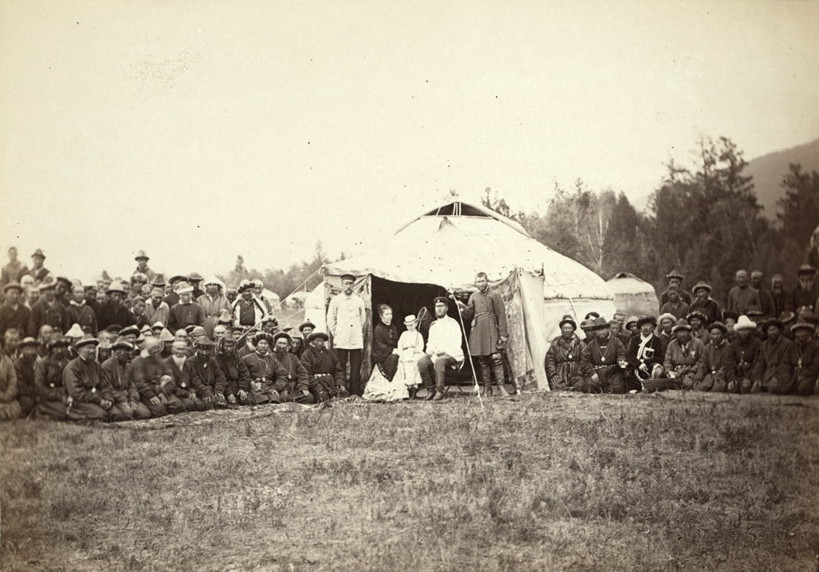|By Alisher Romankul, Year 11 Student at NIS of Kyzylorda, Kazakhstan|
It is believed that the Kazakhs, who lived a nomadic culture for hundreds of years, faced a number of demographic crises in the twentieth century under the rule of the USSR. Since the beginning of industrialisation in the Soviet Union and before the collapse of the USSR, the ethnic and demographic situation in the country has changed dramatically.
This blog post will explore industrialisation, the famine of 1931-1933, deportation in the Kazakh SSR, World War II, and the development of virgin lands and discuss how the collapse of the USSR affected the population in the country.
Soviet Industrialisation and its Immediate Consequences
Industrialisation, which began in the late 1920s, was an important part of the Soviet Union’s policy to develop the country’s economy. In this regard, in many regions of the Union, including Kazakhstan, the Soviets began projects following five-year plans (Gregory, 2004). This meant the beginning of a new industrial life for the indigenous population instead of their nomadic culture.
Consequently, industrialisation centres began to be created in the country’s resource-rich regions, such as a coal mining plant in Karaganda, where by the end of 1931, 40 percent of the workforce in the coal trust and 60 percent of construction-trust employees were special settlers (Kasikci, 2022). Ultimately, this created a demand for internal migration, not only of the Kazakhs themselves, but also of workers from different parts of the Soviet Union, including Russians, Ukrainians and Poles.

The combination of internal and external migration due to a shortage of factory jobs has changed the demography of the country, by increasing the number of non-Kazakhs. These changes created the basis for the emergence of a multicultural society in the Kazakh SSR with a predominance of Russians, which is currently one of the causes of ethnic and cultural problems in Kazakhstan.
The Tragedy of the Famine of 1931-1933
The mass famine that occurred in 1931-1933 throughout Central Asia had tragic demographic consequences. Despite the fact that this tragedy is explained by the naturalness of the process, some scientists compare it to the genocide of a nation (Shoshanova, 2024).
During this period, the Soviet authorities began a policy of collectivisation, obliging workers to conduct production on collective farms, “which took the form of forced sedentarization of the nomadic people” (Blum, 2003, p. 394) and led to the mass death of Kazakhs due to migration.

During the Kazakh famine, 1.5 million (possibly as many as 2-2.3 million) people died, 38 percent of whom were Kazakhs, which is the highest percentage of any ethnic group killed in the Soviet famines. Another study estimates an even higher percentage and gives the number of 1.45 million Kazakh deaths and 100,000 non-Kazakh deaths (Shoshanova, 2024). This outcome of collectivisation radically changed the demographic composition of the country leaving Kazakhs in the minority.
World War II and Deportation
The Great Patriotic War and the policy pursued during it changed the demographic structure of the Kazakh SSR. During the war, the Soviet authorities actively deported entire ethnic groups to the regions of Central Asia, especially to the Kazakh lands because of the policy pursued by Stalin to cleanse the Union of enemy peoples.

Germans-Kalmyks, Koreans, Ingush, Chechens and Finns were deported because they were associated with the activities of the German nation and sent to the Kazakh SSR, where they worked in manufacturing enterprises (Eidelman, 2009). In August and September 1941, 89,000 Finns and 749,613 Germans were deported to Kazakhstan and Siberia (Lohr, 2004).
Encouraged by posters, soldiers defended the Soviet Union in the battles of Moscow and Stalingrad and during the siege of Leningrad. During the war, as many as 1.2 million Kazakhstanis were mobilised for military service, of which approximately 450,000 were ethnic Kazakhs. At least 125,500 Kazakhs died, were wounded, or went missing in action (Kasikci, 2022).

Ultimately, the forced migration of families and Kazakhs who died at the front significantly affected the social composition of the region, contributing to the formation of an ethnically diverse society and reducing the proportion of Kazakhs in the country’s population.
The Development of Virgin Lands
When Khrushchev came to power in 1954, a policy of developing virgin lands was launched to increase the volume of produce. The Virgin Lands Campaign (Osvoenie Tseliny in Russian) set aside barren land in northern Kazakhstan and the Altai region for grain cultivation.
More migrants relocated to Kazakhstan during the late 1960s and 1970s, when the government recruited workers to relocate Soviet industry close to the extensive coal, gas, and oil deposits (Coleman, 2010). The development of vacant lands achieved its goals however demographically this has led to a significant increase in the number of Russians and Ukrainians living in Kazakhstan.
The Collapse of the USSR and its Consequences
Kazakhstan’s independence from the USSR in 1991 after its 70-year rule was the beginning of Kazakhstan’s independent path. This event is also remembered for the major demographic changes that occurred during the emigration of the non-Kazakh population.
The settled peoples who inhabited the Kazakh SSR during the Soviet era, especially Russians, Germans and other non-Kazakhs, returned to their native lands. At the same time, Kazakhs living in other countries returned to Kazakhstan with the support of the state. Since the country became independent in 1991, the government has encouraged ethnic Kazakhs to return to the country by offering subsidies. In 1996, there was an organized return of 70,000 Kazakhs from Mongolia, Iran, and Turkey (Kazakhstan, 2012).
Opportunities and Challenges
The demographic changes experienced by Kazakhs in the twentieth century under the Soviet Union influenced the current demographic composition of Kazakhstan. Industrialisation, mass famine in 1931-1933, the Great Patriotic War and forced deportation, agricultural reforms and, finally, independence in 1991 led to the emergence of a multicultural society in modern Kazakhstan.
These changes, which have been taking place over the course of a century, are now creating both opportunities and challenges in the political, cultural and social spheres. By studying these topics, it can help us to understand the current structure of the population.
If you enjoyed reading about Kazakhstan in the twentieth century, check out these posts:
- Researching Cults Using Gale’s Online Resources
- Researching the Impact of the New Silk Road on Kazakhstan
- How Important was the Role of Women During WWII to the Victory of the Allied Powers?
Blog post cover image citation:
Group of Kirghiz (i.e. Kazakh) men posing with a local Russian Governor, his wife, and their child in front of a yurt.
Miscellaneous Items in High Demand, PPOC, Library of Congress, Public domain, via Wikimedia Commons. https://commons.wikimedia.org/wiki/File:Group_of_Kirghiz_(i.e._Kazakh)_men_posing_with_a_local_Russian_Governor,_his_wife,_and_their_child_in_front_of_a_yurt_LCCN99615493_(cropped).jpg

